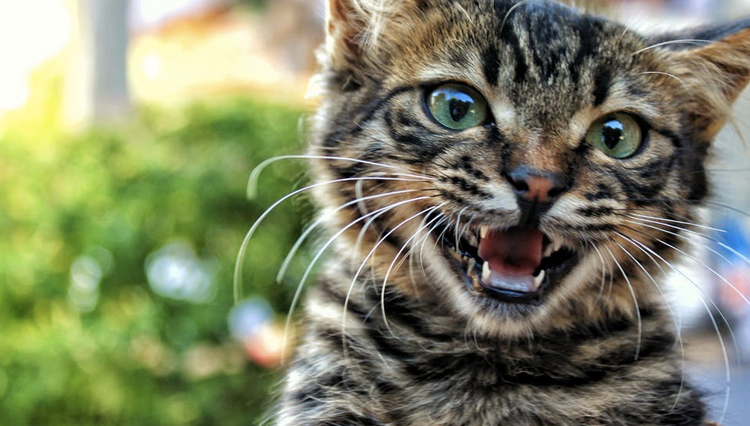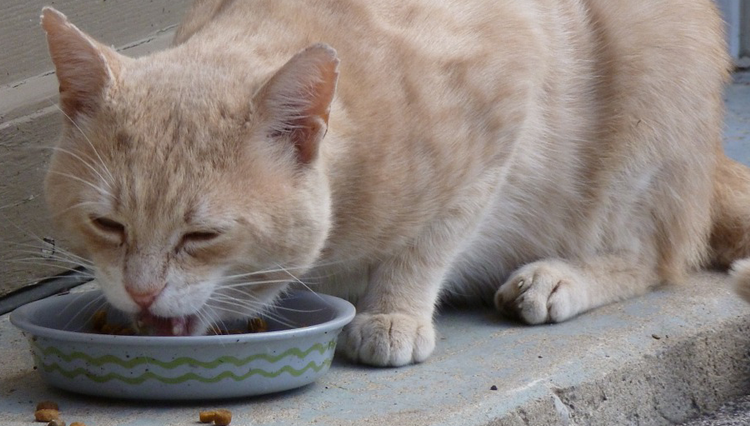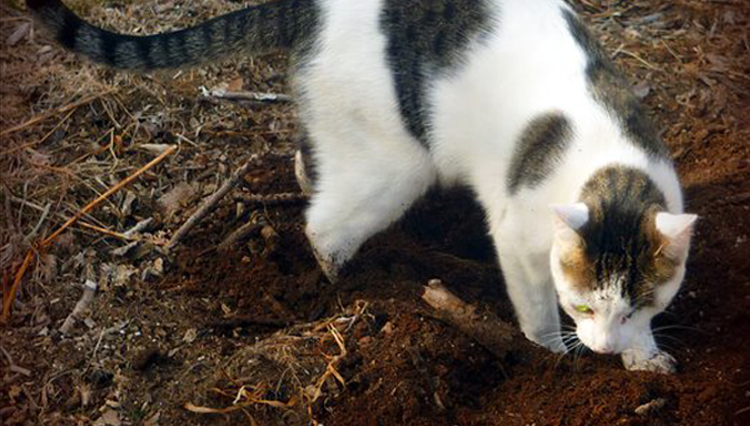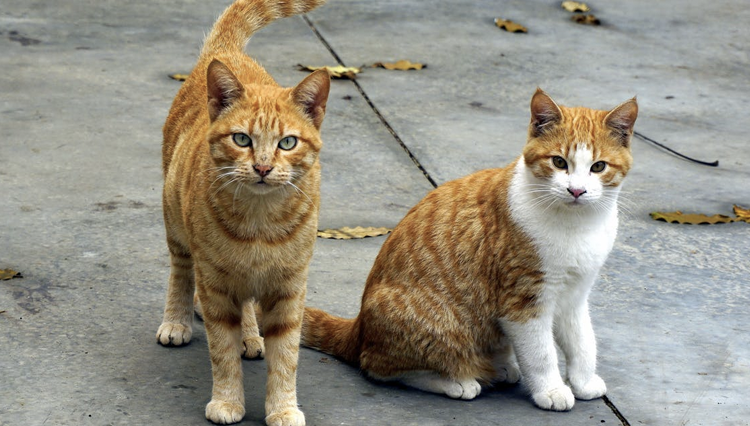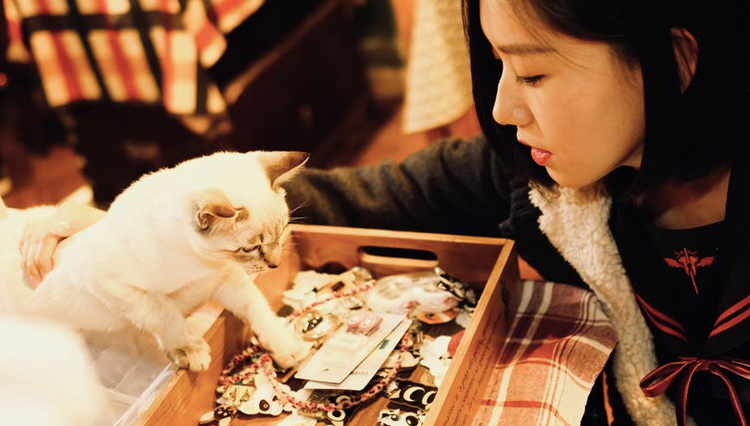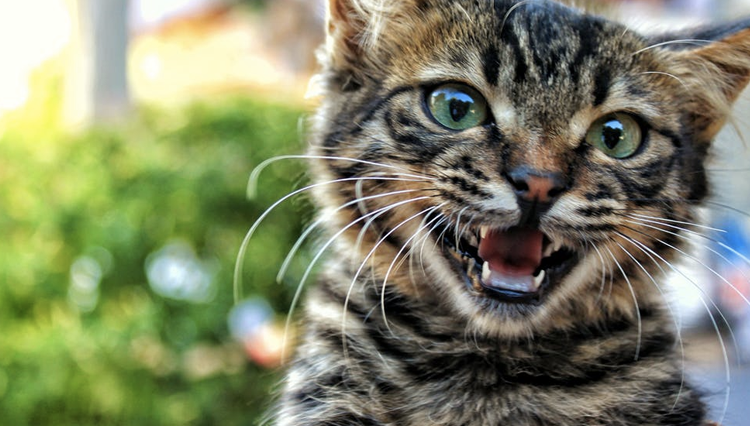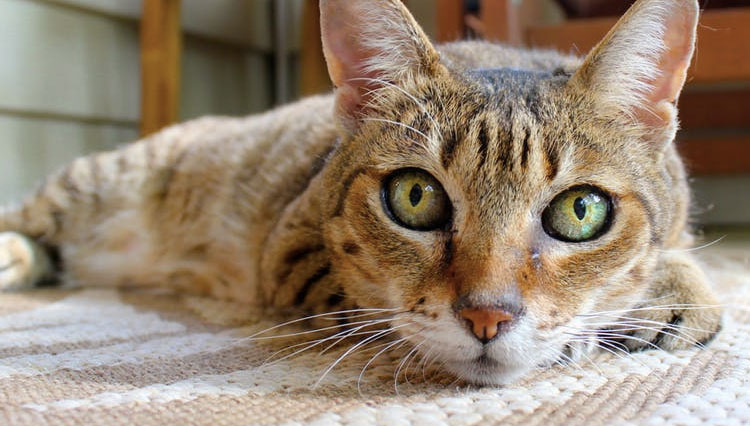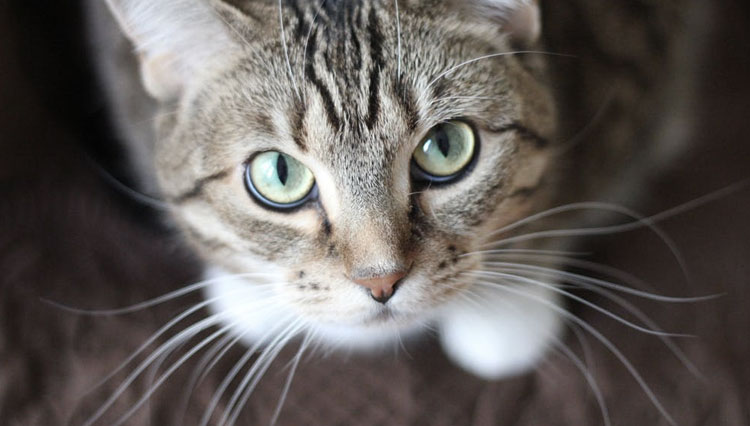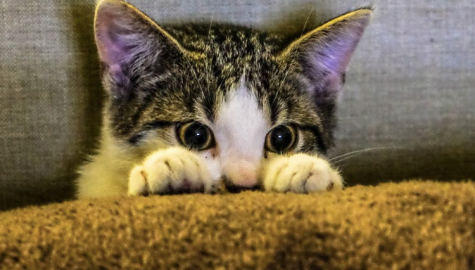A cat’s meow is the cutest sound to a proud cat parent. But what if they meow continuously? A clowder of cats having a merry meow jamming session is bound to bring out a cantankerous neighbour with a water hose, hellbent on watering the unsuspecting cats!
A question does arise. What makes a cat to meow without a break? Are they having a health issue that needs to be checked by the vet? Well, here a few reasons for that constant meowing.
- Your cat could be in heat – This could be the reason if your cat has not been spayed. So, if a 6-month-old unspayed cat starts meowing then it is certain that they are in heat. A cat in heat meow sounds are too loud and almost appear like they are in pain. They also turn overly affectionate and have an odd swayed back position when you pet them near their bottom.
- It can be a sign of Hyperthyroidism – Hyperthyroidism is usually seen in elderly cats and have symptoms like weight loss, insatiable hunger, excessive activity and vocalisation. If your cat has these symptoms then you must take them to the vet and have them professionally checked.
- Your cat might have a loss of vision or hearing – Excessive vocalisation is a problem mainly seen in elderly cats. A slow deterioration of senses is the bane of old age. So, it not very surprising for your elderly pet to cry like a lost baby when you turn off the lights at the night. They will feel lost and helpless, especially when they cannot hear or move around the house like the used to. This is why they meow, to signal their distress.
- Senile cats meow a lot – Mental conditions like cat dementia or feline cognitive dysfunction syndrome can make your cat feel scared, helpless and disoriented. They will express their anguish and frustration by wailing, yowling and continuously meowing. Cats suffering from cognitive dysfunction will be more irritable, have altered sleep cycles, will have trouble with body coordination and may also have incontinence issues.
- Cats meow to express pain – Cats are adept at hiding their sickness and rarely show their pain. But at times when the pain becomes severe and uncontrollable they will call out for your attention. It can happen for instance, if a cat is suffering from a urinary tract infection and is unable to urinate. So, its best you take your pet to the vet if you suspect that they are meowing out of pain.
- Your cat may meow out of loneliness and boredom – Cats that are very attached to their human caregivers will meow out of loneliness or boredom when they are left alone at home. This constant meowing is more noticeable once you hit the bed and will continue until they are tired of calling out for your attention. If you suspect that your cat gets lonely then you must try to keep them occupied with games and toys. You can also consider getting another cat to give them company.
Since it is always better to be safe than sorry, you must have your pet checked by the vet to ensure their constant meowing is not due to a health condition. A vet will be able to give you more pointers on how to best handle your meowing pet.
